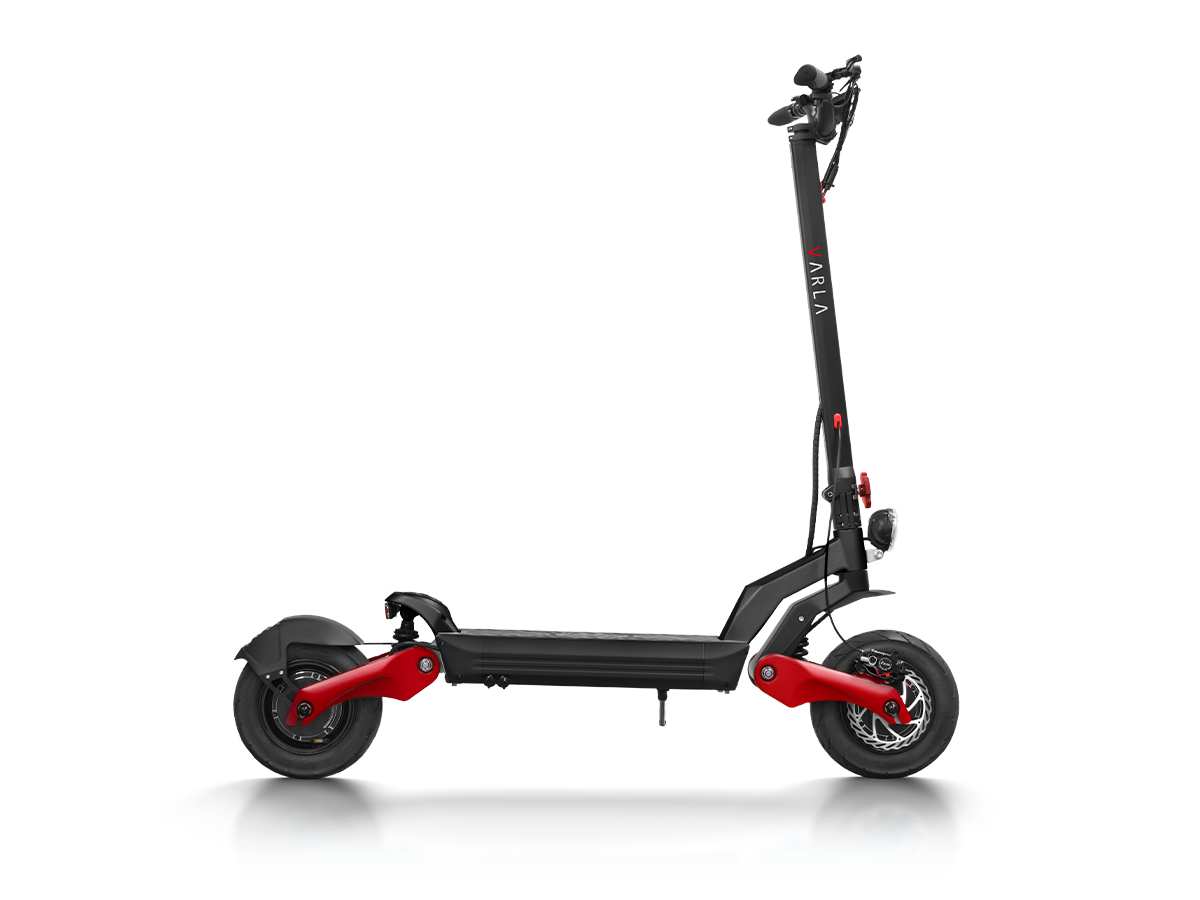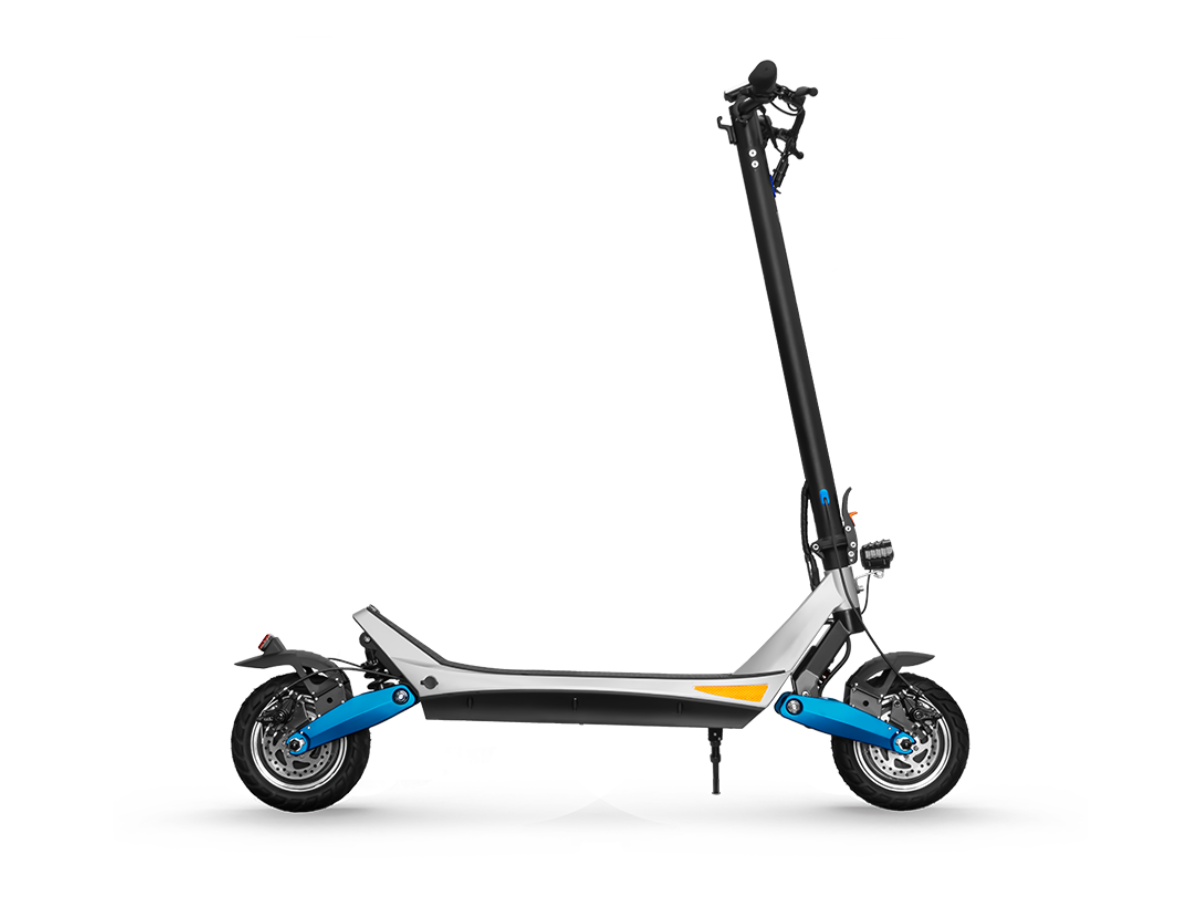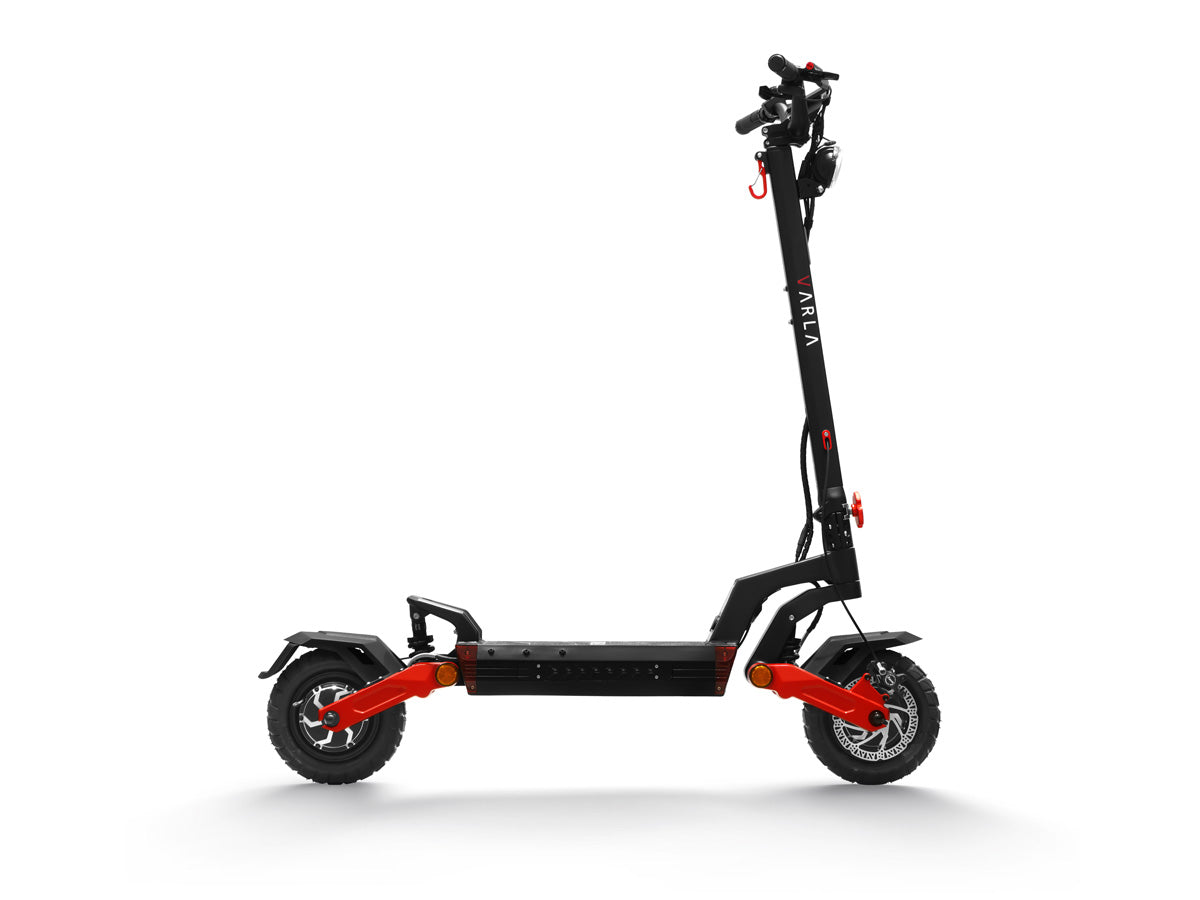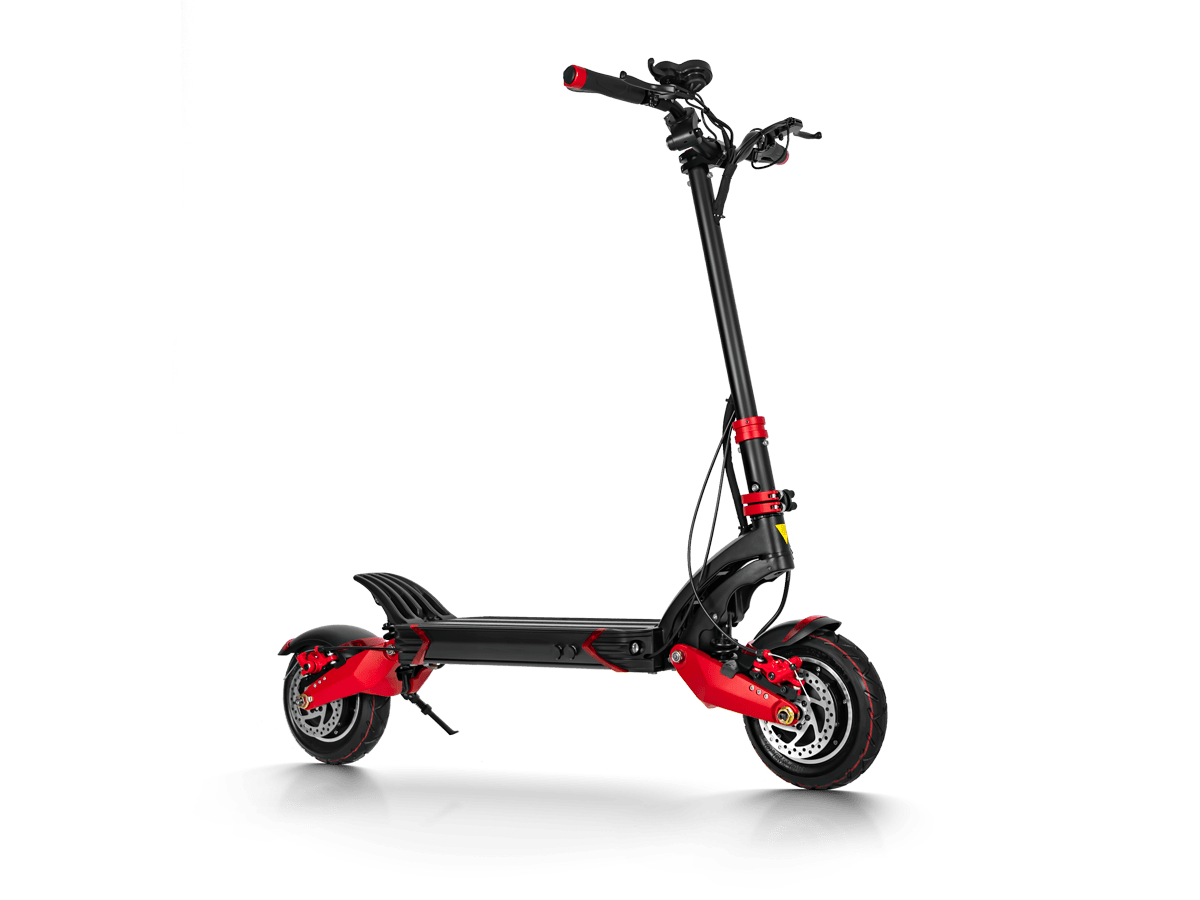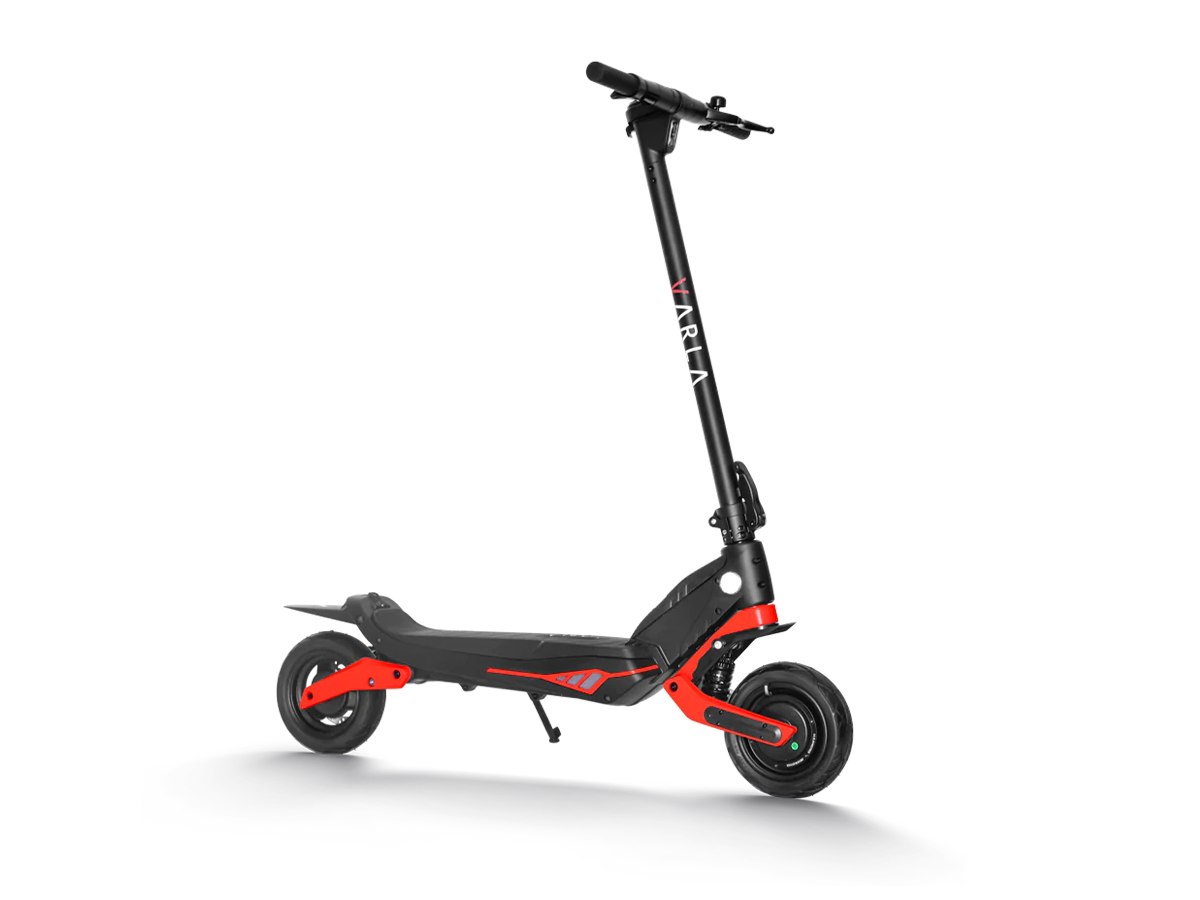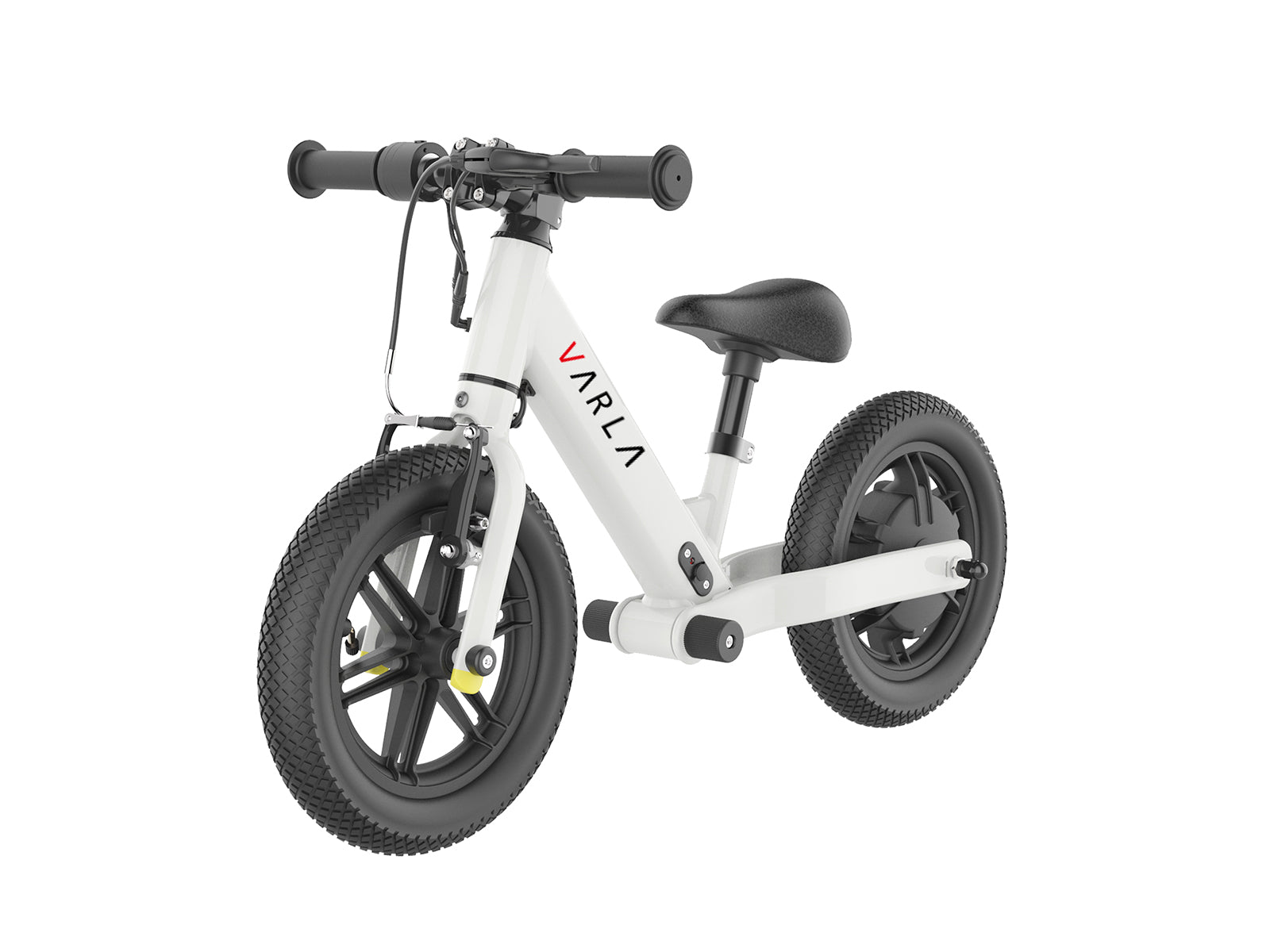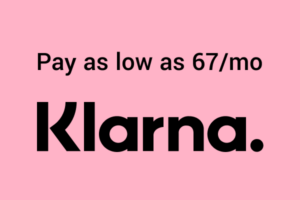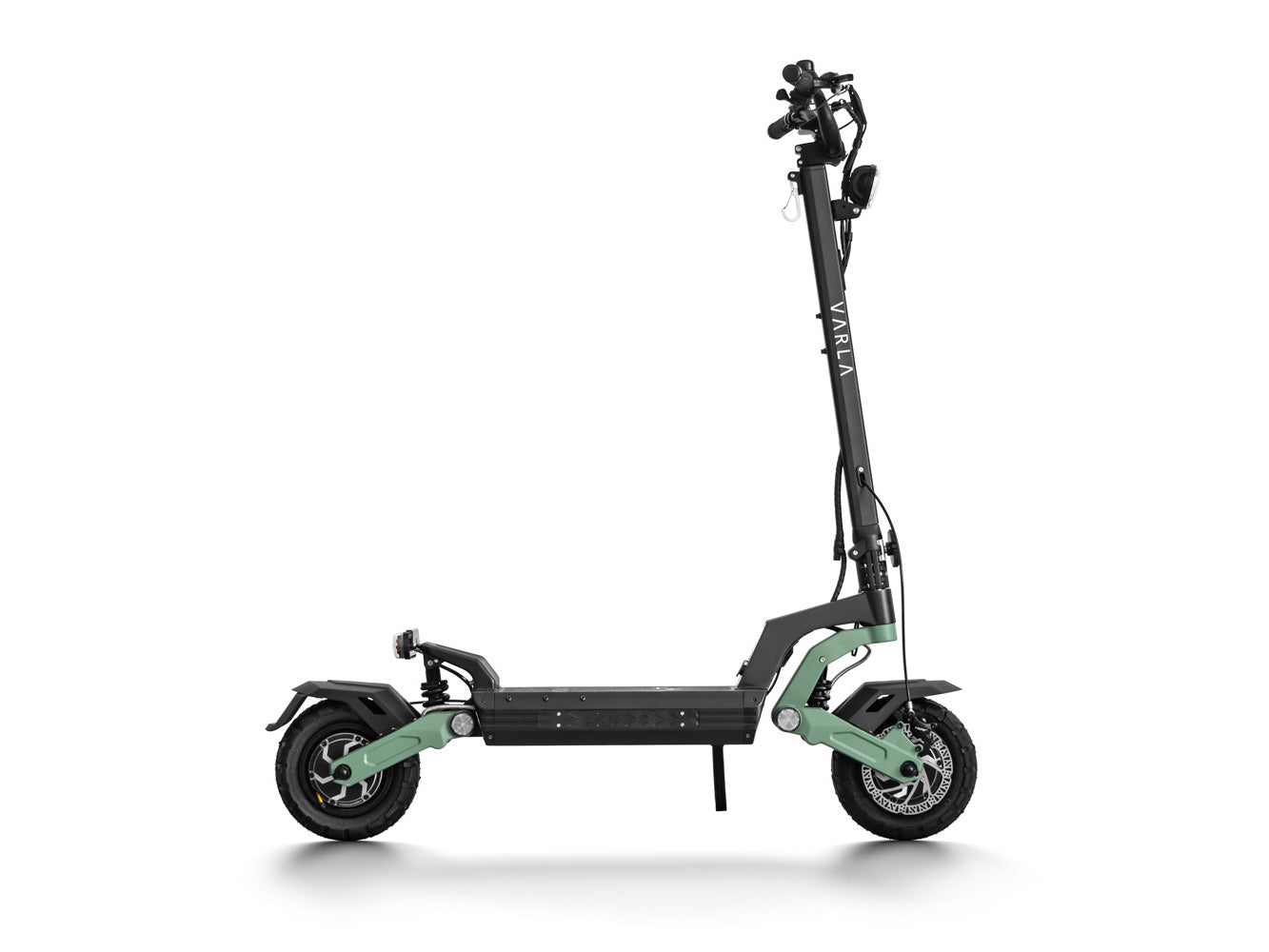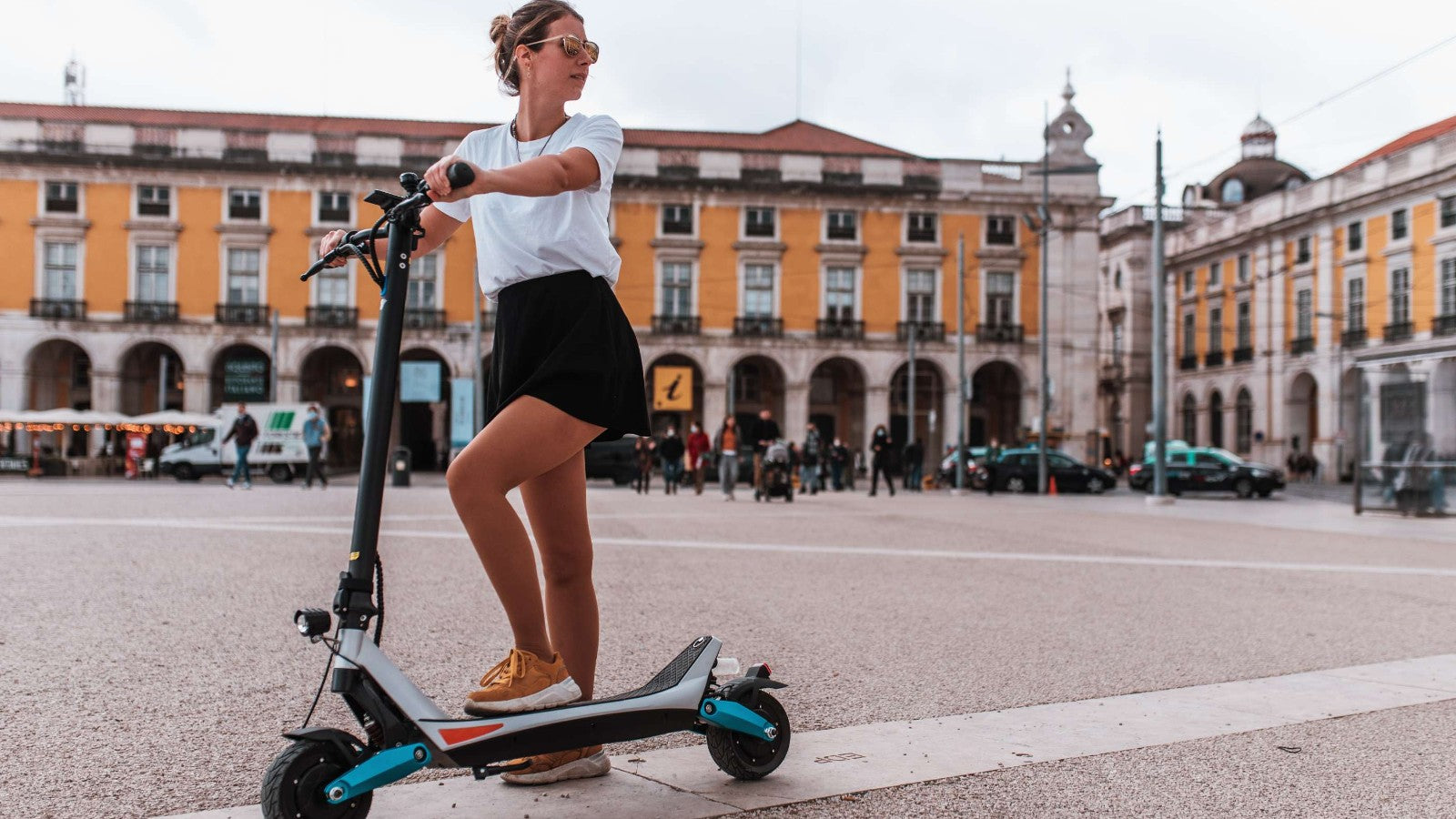
What Is the Controller Used in Dual Motor Electric Scooters?
The controller is an integral part of all electric scooters. It is responsible for controlling the power and performance of dual motors. In a dual-motor electric scooter, the controller is the system's brain and controls and allocates power between the two engines. It serves as a bridge between the scooter's battery, throttle, and motors, guaranteeing a smooth and effective flow of electricity.
By controlling the electric current, the controller sets the scooter's speed, acceleration, and general performance. This article will examine the functions of the controller, how it is measured, the various dual motor electric scooter controller types, how to repair and maintain them, and when to replace them.

What Does The Controller Do?
Innovative electronics called controllers monitor and control a scooter's entire electrical system. A controller is in charge of organizing how battery power utilizes. The controller covers the transfer of electrical current to the motor, throttle, display, wheel sensors, regenerative braking systems, and other electrically dependent components. A controller is a tiny computer that serves as the brain of an electric scooter and allows you to regulate the scooter's general operation. They are in a little box constructed inside the deck and utilized in all electric scooters. Your ability to precisely control your speed is their primary function.
The controller is responsible for several critical functions, which include:
- 1. Regulate the power output to the motors depending on the rider's input.
- 2. Control of the scooter speed and acceleration.
- 3. Monitor and safeguard the system from overcurrent, overvoltage, and overheating.
- 4. Facilitate regenerative braking and turns kinetic energy into electrical energy to replenish the battery.
How Is Controller Power Measured?
The power of an electric scooter controller can be determined using a mix of electrical measurements. Here's an overview of the procedure:
-
1. The voltage (V):
Voltage, often known as electric pressure, is an essential metric for determining how powerful a controller is. Volts indicate the intensity with which electricity pushes through a circuit. The voltage rating of the controller determines its compatibility with the battery system of the electric scooter. Most dual-motor electric scooters use 48V or 52V systems, with higher-end models using 60V or 72V systems. Higher voltage equals more power, which results in more torque, better acceleration, and faster top speeds.
-
2. Current (A):
The rate at which electricity flows through a circuit is measured in amps. Like the voltage, it is a helpful indicator of a controller's power. The current rating is the most incredible electrical current the controller can handle. Higher current ratings enable more robust motors and faster acceleration. Controllers with current ratings ranging from 20A to 60A or more are standard in dual-motor electric scooters. The higher the current, the faster the controller can respond to signals and inputs from the electrical components of a scooter. The most visible effects increase torque, acceleration, and top speeds.
-
3. Use a Multimeter or Look at the Electric Scooter’s Specifications:
Measuring the electric scooter controller using a multimeter allows you to directly analyze the controller's electrical qualities. It entails inspecting the voltage and maybe other factors. The specifications of your electric scooter provide helpful information regarding the controller's capabilities and performance. Details include voltage range, current ratings, and other technical characteristics. You can learn about the controller's design and capabilities by consulting the scooter's specifications. Detailed specifications for an electric scooter are sometimes best found on the manufacturer's website or in the user manual. Visit Varla e-scooters to learn about the specifications of our remarkable electric scooters. The Eagle One Dual Electric Scooter runs on 2x25A speed controllers to maintain optimal performance.
Types Of Dual Motor Electric Scooter Controllers

When it comes to electric scooter controllers, there are generally two types associated with them: square wave and sine wave. Both provide highly different power levels.
-
1. Sine wave:
The sine wave controller, also called a sinusoidal controller, creates a sinusoidal waveform that is smooth and continuous. Electric scooters that are more expensive or focused on performance frequently use this controller style. Sine wave controllers give power to the motor more effectively, increasing energy efficiency and extending battery life.
-
2. Square Wave:
Entry-level and midrange dual-motor electric scooters frequently use square wave controllers. They give power to the motors in a square wave pattern, resulting in effective functioning and low operating costs. Varla Scooters primarily uses square wave controllers in their electric scooters. The square wave controller, also known as a brushless direct current (BLDC) controller, is a cost-effective and commonly used type of controller in many electric scooter models.
How To Repair And Maintain Electric Scooter Controllers
Electric scooter controller repairs and upkeep often require troubleshooting, understanding fundamental electrical principles, and adhering to recommended maintenance procedures. Before you can fix a problem, you need to know what's wrong. Here are some general pointers to assist you in understanding what's wrong with repairing and maintaining controllers for your electric scooters:
Troubleshooting:
If the controller for your electric scooter isn't working correctly, try to pinpoint the specific issue. It can be a total failure, strange behavior, or something else.
Verify connections The controller, battery, motor, and other components should all have safe electrical connections free of corrosion or damage.
Look for any evidence of damage, such as frayed wires or loose connections, in the wiring harness.
Repairs:
If you can isolate the problem to a single component, like a blown fuse or a damaged MOSFET, you may need to replace that component. It is advisable to study the manufacturer's documentation or seek professional assistance.
You might need to solder connections or fix broken wires in some circumstances. Ensure you have the tools and soldering knowledge to complete these activities securely and efficiently.
Maintenance:
Water and moisture can damage electric scooter controllers. Please avoid using the scooter in the rain. If the controller gets wet, let it completely dry before using it again.
Check the controller and its connections regularly for any indications of wear, damage, or loose connections. Ensure no loose screws or nuts are open, and adequately manage the cables and insulation.
Use a soft cloth or brush to clean the controller and remove dirt, dust, or debris. Be careful not to spill anything on the controller or use too much force or liquid.
It is advisable to get expert advice from an authorized service center or an experienced technician if you are unsure about any repairs or maintenance duties. They may offer professional advice and guarantee that the electric scooter controller is okay and appropriately maintained.

When Should You Replace An Electric Scooter Controller
Always think about changing an electric cruiser scooter controller in the following circumstances:
It could be required to replace the controller if it is entirely broken and is not fixable. It could result from a malfunctioning internal component, water damage, or other problems that prevent the controller from functioning correctly.
Repairing severe physical damage to the controller, such as crushing, extreme bending, or exposure to excessive heat, may be challenging or impossible. It would be best if you replace in such circumstances.
Even after trying to fix the problem, if the controller continues to have the same problem, it could be a sign of a more serious issue. Change for a new one to start over and fix the persistent problems.
Summary
Controllers are necessary to govern and control the power delivery to motors in dual-motor electric scooters. Measurements of voltage and current evaluate controller power. While sine wave controllers offer smoother acceleration and more complex capabilities, square wave controllers offer cost-effective performance, mainly used. Electric scooter controllers' longevity and ideal functioning depend on proper upkeep and prompt replacements.
Newletter
Promotions, new products and sales. Directly to your inbox.
